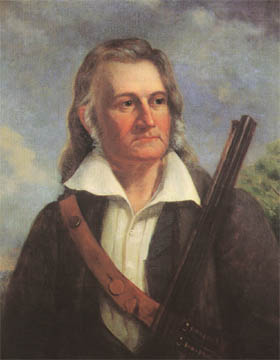Since Adirondack Retro acquired Darvill's Rare Prints in August of 2022, we have been working tirelessly on our New State-Of-The Art Website. We are excited to announce that it is now up and running and that our massive inventory of Antique Prints and Rare Maps are being transferred over to the new site daily. In addition to the nearly 500,000 prints found on www.DarvillsRarePrints.com, Adirondack Retro offers an eclectic selection of Antique and Vintage Advertisements along with their Limited Edition Giclee Prints. During this transition, customers will still be able to shop and make purchases on www.DarvillsRarePrints.com. Sign up for our Mailing List and receive our Adirondack Retro Newsletter. When you sign up, we will email you a coupon code for you to get 15% OFF your first order at AdirondackRetro.com. |
 |
|
The original hand-coloured lithographs in Darvill's collection are from the first edition of The Birds of America by John James Audubon unless otherwise stated in the description.
The lithographs of this first royal octavo edition were done by the
Philadelphia firm of J.T. Bowen
in 1840-1844.
The outlines were hand printed from a lithographic stone and each
print was hand coloured.
It is the only octavo edition in which
prints were prepared under the direct supervision of John James Audubon.
Size is approx. 6 3/4 x 10 1/2 inches.
Any lithographs from a later octavo edition will be noted in the description.
These genuine Audubon lithographs for sale by Darvill's Rare Prints are accompanied by a Certificate of Authenticity
as well as any original text pages (or facsimilies thereof) whenever available.
Below is a list of all of the plates to be found in The Birds of America.
Clicking on a link will take you to the page of Darvill's Rare Prints website where that plate (lithograph) can be purchased, if it is available.
